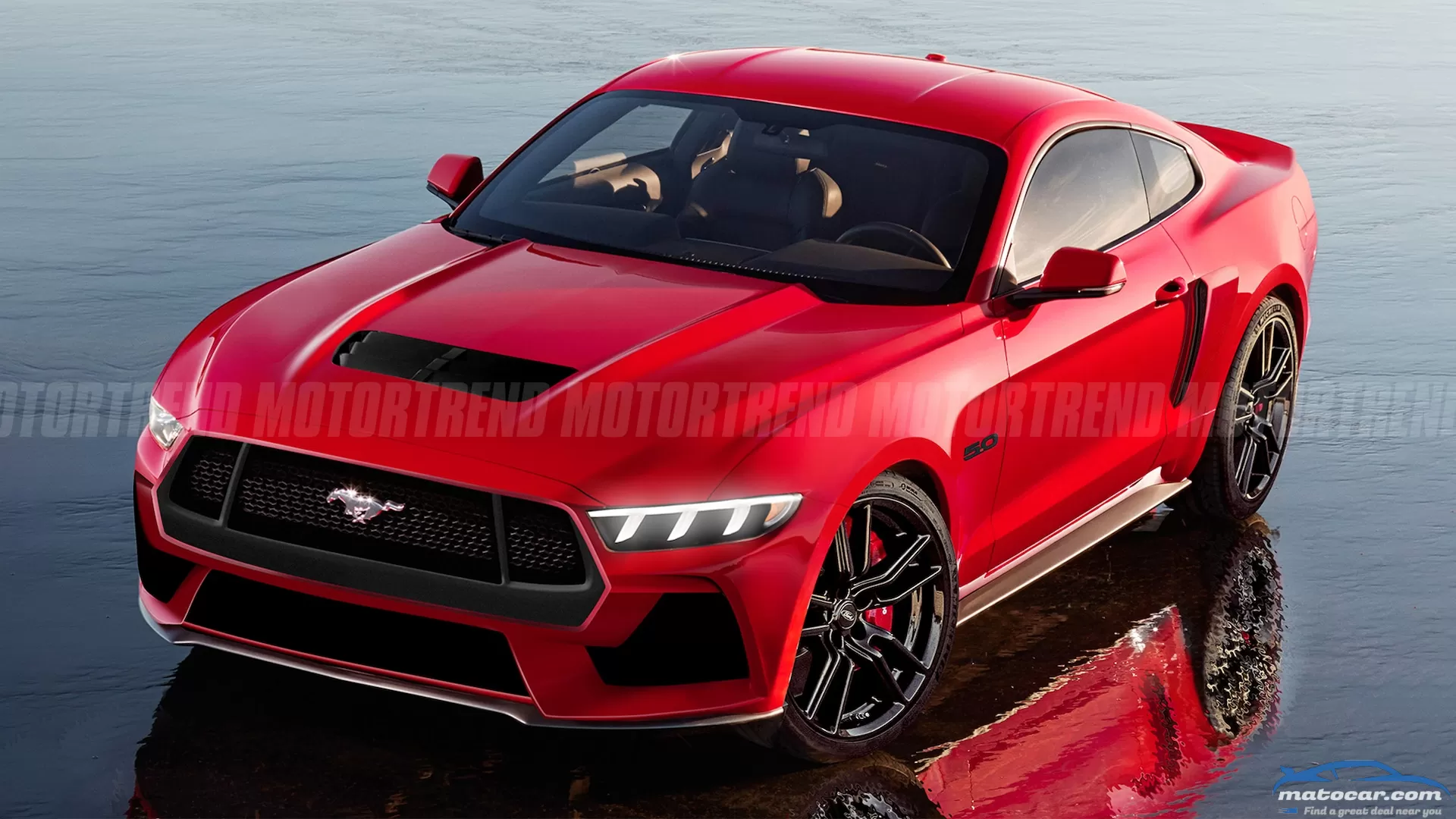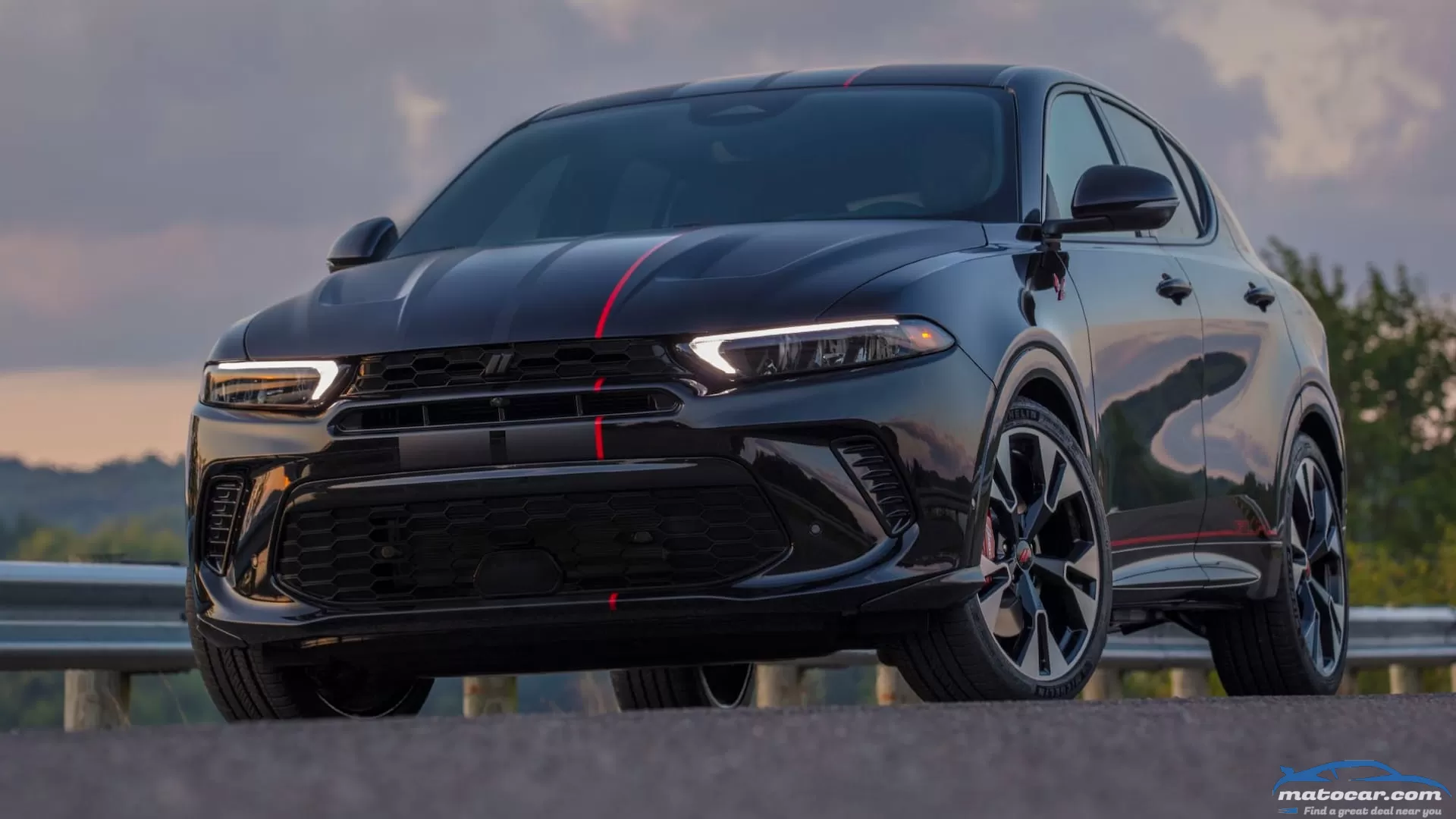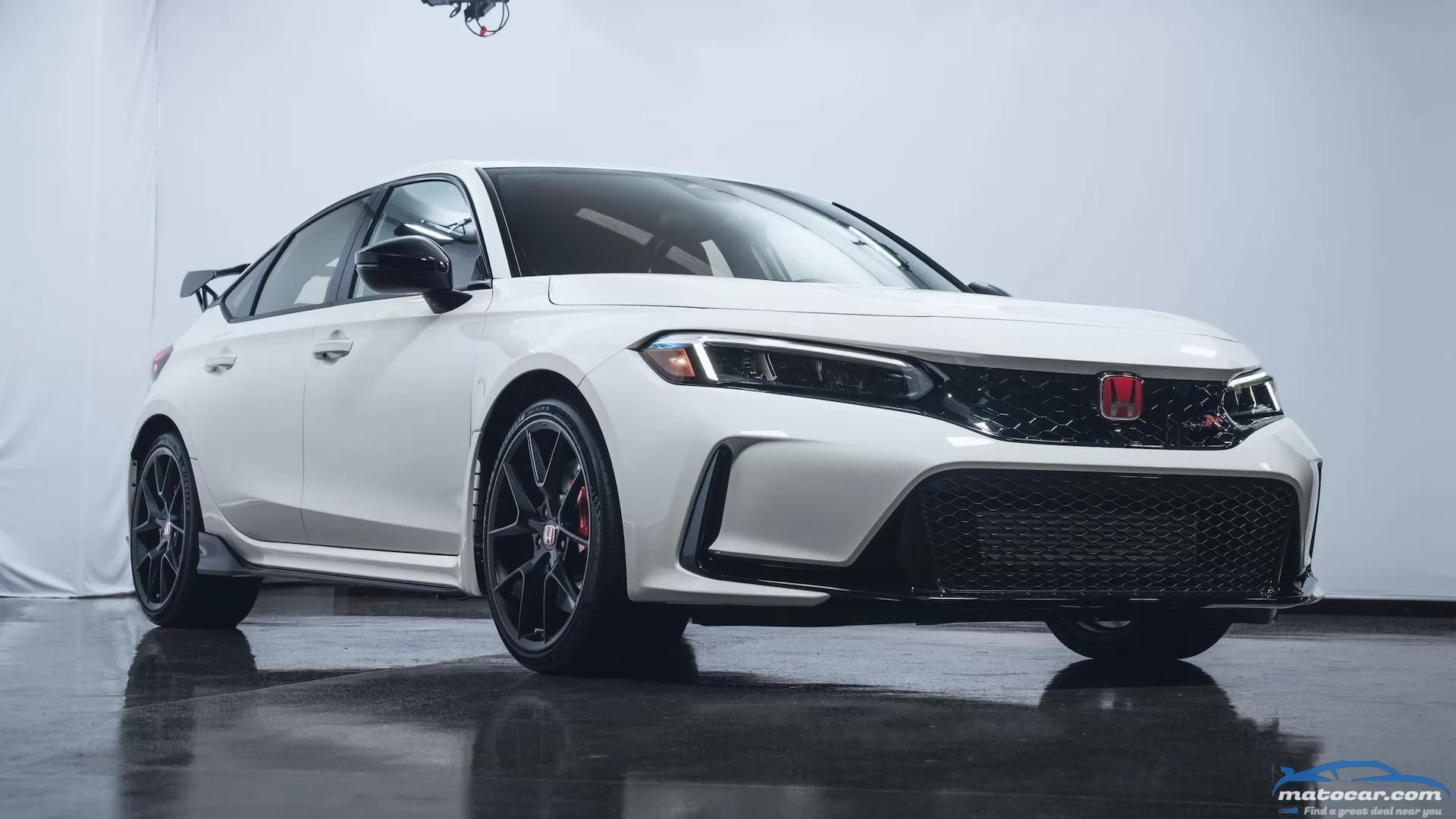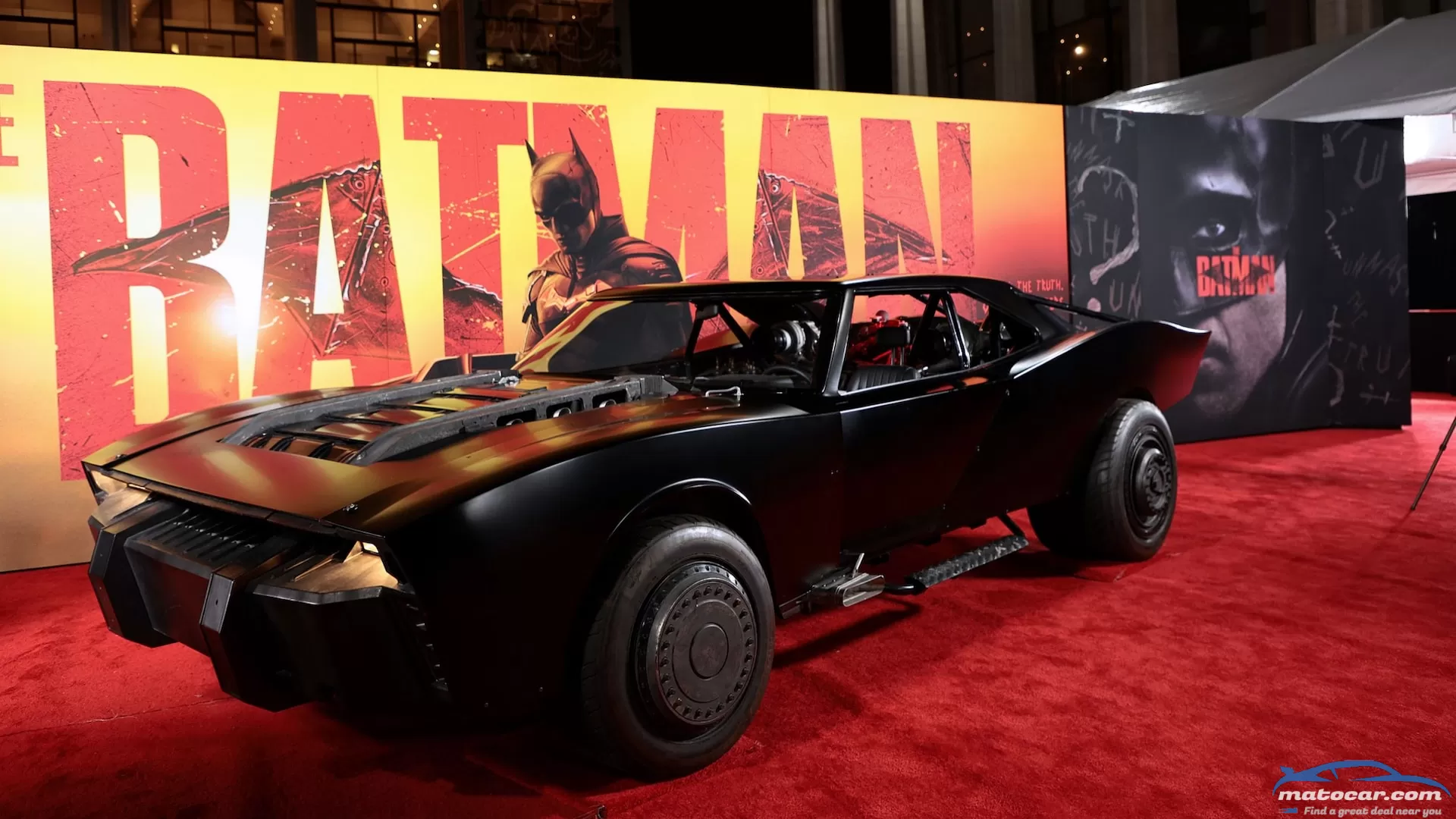2024 Ford Mustang: Everything You Need to Know About the New Pony Car

WHAT IT IS: The seventh generation of the icon that launched the pony-car genre will arrive in time for the Mustang brand's 60th anniversary. Expect it in coupe (as rendered here by our artist) and convertible forms with two powertrain offerings. Variants delivering greater performance and efficiency will follow in the years to come.
WHY IT MATTERS: The Mustang, along with the Bronco and F-150, is a pillar of the Ford brand that carries immense emotional appeal. It's Ford's sole North American car offering and also ranks as one of a shrinking number of affordable, fun-to-drive two-doors. Plus the droptops are all over rental fleets in tropical locations—what would we do if it disappeared?
PLATFORM AND POWERTRAIN: The 2024 Mustang will get a new code name (S650), but we expect its D2C-derived architecture to largely carry over from its S550 predecessor. And based on numerous prototype spy photos and leaks, it will receive only mild evolutionary styling revisions, such as squintier three-element headlamps, a revised hexagonal grille, and new air intakes. New electrical architecture will enable new feature content at launch, like a fully digital instrument cluster and today's latest safety and driver assist features. It will also support over-the-air updates to an increasing number of software-enabled features, helping it stay as fresh as ever over its expected eight-year lifespan.
Powertrain offerings will carry over at launch, including the 2.3-liter EcoBoost I-4 and 5.0-liter Coyote V-8 engines, as well as the six-speed manual and 10-speed automatic transmissions. Engine outputs may be adjusted—we hear base 2.3-liter power will increase from 310 to 320 hp, for example. And Ford officials have cautioned us that the six-speed could be phased out at some point during this model's lifetime.
The 2021 Mustang Mach 1.One major powertrain addition expected in 2025 is conventional and/or plug-in hybridization. Leaked info suggests both engines will get an electric boost. This could be accomplished most easily by employing a version of Ford's Modular Hybrid Transmission (MHT) as found in the Explorer Hybrid, which should be adaptable to either engine.
Among the electrification possibilities, enthusiasts will be most stoked by a unique V-8 hybrid powertrain revealed in patent drawings. It mounts a roughly alternator-sized electric motor on each side of the V-8, with their output shafts roughly aligned with the crankshaft centerline. It being patented makes sense, as we're not aware of any other vehicle employing such a setup. Plus, it's far simpler than trying to package a single electric motor somewhere and needing to run a shaft through the oil pan; that would likely require halfshaft angles that would overtax existing CV joints. Using dual motors also allows handling-enhancing torque-vectoring up front—might this system power the next Bullitt or Mach 1?
The rumor mill has hinted at a plug-in version offering at least 10 or 20 miles of electric range, and this would undoubtedly boost efficiency and possibly contribute in some small way to achieving higher corporate average fuel economy (CAFE) ratings coming for 2026. But it would also add even more weight to a sports car that typically weighs more than 3,800 pounds today. So if there is to be an efficiency-focused Mustang hybrid, expect it to be an EcoBoost with rear drive. Of course, once there's a battery and an MHT to work with on this platform, it's not hard to imagine pairing them with the V-8 and front motors, juicing those Coyote V-8 and motor outputs, and creating a worthy Shelby GT500 successor with blistering torque-vectored AWD performance and respectable EPA numbers.
Spy shots have also revealed a shift away from the retro-look dash with binnacles to a more streamlined interior dominated by big instrument and infotainment screens capable of displaying the latest Sync graphics in dazzlingly high resolution. It's unclear that the Chevy Camaro and Dodge Challenger as we know them will survive into the next decade, but we expect Ford to assume they will—and to sharpen the Mustang's chassis dynamics sufficiently so it once again outhandles the Camaro.
ESTIMATED PRICE: Expect a modest price bump to an even $30,000 for a base EcoBoost coupe or $40,000 for a GT, with the ragtop adding roughly $5,500 to either.
EXPECTED ON-SALE DATE: Could Ford possibly resist launching its 60th anniversary Mustang on Monday April 17, 2023—the 59th anniversary of its World's Fair debut?
You may also like
Measured against a Scat Pack, Hellcat, or Demon muscle car, the 2023 Dodge Hornet's 265 horsepower won't register as anything to get excited about. But compare this new compact crossover with its exceedingly sedate competition, and it's clear that Dodge is doing things differently as it launches a long-overdue entry in the most popular segment in the U.S.The class favorites—the Toyota RAV4, Honda CR-V, and Nissan Rogue—all subscribe to a common formula: standard front-wheel-drive and just enough power to keep from getting run over while merging onto a freeway. When it goes on sale in December 2022, Dodge's base model, the Hornet GT, will buck convention with standard all-wheel-drive and enough grunt for a claimed 6.5-second 0-60 time. For speed junkies, there's also a catalog of performance parts that won't void the warranty and a quicker plug-in-hybrid model.A Base Model That's Hardly BasicWe should note that Dodge is saying the Hornet GT's Hurricane4 turbocharged 2.0-liter I-4 which pairs with a nine-speed automatic, will make 295 lb-ft of torque and at least 265 horsepower. Don't be surprised if a few more horses show up for production. That level of performance and all-wheel-drive traction won't come free, though. While the RAV4 and CR-V start around $28,000, the cheapest Hornet will cost around $31,500. Dodge justifies that number by also loading its offering with premium standard equipment, including a 12.3-inch digital instrument cluster, a 10.3-inch infotainment touchscreen, blind-spot monitoring, lane-keeping assistance, rear parking sensors, and dual-zone climate control.We'll have to drive a Hornet GT before declaring it a value compared to similarly powerful competitors, but the base price comes in about $4,000 below that of the smaller, racier Hyundai Kona N and more than $8,000 under the price of the Mazda CX-50 with the optional 256-hp turbo engine.Plug In to Power UpFor an extra $10,000, Hornet buyers can step up to the R/T model with a plug-in hybrid powertrain promising at least 285 horsepower and 383 lb-ft of torque. The R/T, which goes on sale in the spring of 2023, drives its front wheels through a six-speed automatic transmission using a turbocharged 1.3-liter I-4 with a 44-horsepower starter/generator. A 121-horsepower electric motor turns the rear wheels. The 15.5-kilowatt-hour battery pack allows for more than 30 miles of pure electric driving, while Dodge's PowerShot feature attempts to lure gearheads with gas in their veins into opening their minds to electrification.With the tap of a steering-wheel paddle, PowerShot unleashes an additional 25 horsepower for 15 seconds at a time, trimming the R/T's 0-60 time by a full second, down to a claimed 5.1-second sprint. Dodge is also crowing that the R/T is capable of 0.90 g of lateral grip and is driving home the plug-in's performance positioning with 18-inch wheels, Brembo four-piston front brake calipers, and dual exhaust. A Track Pack, available on both the GT and the R/T, adds 20-inch wheels, two-mode electronically adjustable dampers, and Alcantara seats.The Compact Crossover That Goes Like HellWhile a Hellcat V-8 isn't in the cards, Dodge's fascination with the underworld lives on in the Dodge Hornet GT GLH concept. Those three additional letters stand for "Goes Like Hell" and invoke the 1980s Dodge Omni GLH—a hot hatch modified by none other than Carroll Shelby himself for Dodge. The modern incarnation of the GLH sports a lowering kit that drops the Hornet one inch, an unspecified power increase, a sport dual exhaust, 20-inch wheels, a unique rear valence, and GLH graphics.These parts will be offered as Direct Connection aftermarket parts, and—when installed by an authorized dealer—won't void the car's warranty. It also seems likely that Dodge will eventually offer a similar package direct from the factory.The Italian JobIf photos of this new small SUV trigger déjà vu or the specs sound familiar, that's because the Hornet is a 2023 Alfa Romeo Tonale wearing a Dodge mask. These compact crossovers offer the same powertrains, use the same bodies, and come out of the same Italian factory. More of this badge engineering seems inevitable if Stellantis is going to keep Dodge, Alfa, and the dozen other automotive brands under its care well fed with new products.At the price point and performance being advertised, it looks like Dodge is on the winning side of this particular parts-sharing arrangement, but we're left wondering: Is the Hornet a discount luxury crossover, or is the Alfa Romeo Tonale a Dodge in a tailored suit? We'll need more time with both vehicles to answer that.If there's one thing to kvetch about, it's that the blunt front-end styling of the Charger and Durango look out of place transplanted on the softer lines of the Hornet compact crossover. Oh, and we feel cheated that this new SUV looks nothing like the excellent 2006 Dodge Hornet concept.Can the Hornet Make Compact Crossovers Cool?Compact crossovers aren't wildly popular because they elevate your street cred. These small utility vehicles end up in millions of American garages every year because they're relatively affordable, efficient, and readily swallow a couple of car seats and a stroller. For Dodge, that reality is both an opportunity and an obstacle. There are relatively few options for buyers who need an affordable, practical vehicle and want something that's fun to drive. Maybe there's a reason that's the case. Is there a market for a more expensive, less efficient utility vehicle that's designed around performance and aimed at the masses? Only time will tell.
After months of teasers, the wait is finally over. The 2023 Honda Civic Type R has been revealed, and unlike previous years, the performance-oriented model launched on American soil with IndyCar driver Colton Herta behind the wheel. For a long time, Americans were banned from purchasing the Civic Type R, but this time Honda is making a statement by doing the global reveal in Los Angeles.The Type R joins the Si and Sport models in the Civic's lineup and stands as the pinnacle of performance in Honda's portfolio. The 2023 model will be the most powerful Honda car in America, with Honda promising more power than ever before.Untamed PerformanceWhile Honda is still tightlipped about its horsepower and torque numbers, we're told it will have more power than before. That means we'll see figures north of 306 hp and 295 lb-ft of torque—the numbers for the current Type R. The familiar 2.0-liter four-cylinder turbo returns, except this time it will be mated to an improved six-speed manual transmission with rev-matching. As of this time, Honda is not planning to offer an automatic transmission in the Type R.Honda says the new Type R will be rewarding and addictive to drive. With an enhanced suspension system and steering performance, we're told the driving feel is direct and engaging, though we'll have to wait until this fall to try it ourselves. But with more power, a new, lightweight chassis, more body rigidity and improved high-speed stability, it sounds like the Type R has everything to deliver a thrilling experience behind the wheel.Just as important, Honda made sure the Type R would stop confidently. The 19-inch wheels are wrapped around Michelin Pilot Sport tires, which should provide sharp grip on the corners and under hard acceleration and stopping. While Honda didn't reveal any specs, the big, red Brembo calipers up front will make sure the Type R brakes properly.With its compact, hatchback body, loads of power and handling hardware, the Type R stands out in the segment. This time, however, it will have more competition. Newcomers such as the Toyota GR Corolla and Hyundai Elantra N have gotten the enthusiast's attention, and the Volkswagen Golf R is back for a new generation. While the GR Corolla and Golf R get all-wheel drive traction, the Civic Type R and Elantra N are front-drive only. But the Honda will continue to stand out with its power numbers. The Elantra N makes 276 hp and the GR Corolla pumps 300 hp, and we expect the updated Type R's numbers to be between 307 and 315 hp. That means the Golf R—with its 328 hp—should continue to be the most powerful of the group.Even if the power numbers don't increase by a lot, there will be a lot to like about the new car. The current-generation Type R continues to be among our favorite hot hatches in the market.Mature ExteriorDespite the 11th-generation Civic gaining a more mature styling, the Civic Type R does a good job distinguishing itself from the rest of the lineup. While the entire Civic lineup lost its race boy design, the new model will be more appealing to those who thought the previous design was too wild. The new Type R is longer, wider, and lower than the outgoing model, and every aerodynamic element is there for a reason.From the front, the honeycomb grille in the lower fascia gives the Type R a distinctive look, and sporty elements on the fascia stand out. Other dynamic cues include air vents on the hood and behind the front wheels. If that's not enough to differentiate it from the rest, the red Honda logo and Type R badge on the grille pop out.From the profile, the side skirts help redirect the wind for better aerodynamics. Unlike any other Civic, the second half of the rear doors expand outward to give the Type R more hips. The rear continues to be the best angle, with a massive wing that's hard to miss and a redesigned rear diffuser that houses the signature three-round exhaust system.There will be five different colors available—Rallye Red, Racing Blue Pearl, Crystal Black Pearl, Sonic Grey Pearl, and Historic Championship White. The latter is exclusive for Type R and one that's famous among Honda enthusiasts.A Familiar InteriorThe red bucket seats and red carpet—two signature elements for the Type R—are back. Comfortable and supportive, the suede-like seats should be able to keep the driver and front passenger tight when the driving experience gets intensive. A numbered Type R badge is now placed on the passenger's dash.A new +R driving mode will show exclusive graphics with engine rpms, indicator lights and gear position indicator displayed at the top, while the bottom display will have other information selected by the driver. A stopwatch to record lap times and the ability to share driving videos is also incorporated in the infotainment system.The rest of the cabin will be familiar to Civic drivers. A honeycomb mesh grille expands across the dashboard and houses the air vents. The HVAC controls are backlit for a premium look, and the digital instrument cluster is standard. Like the top-trim Civic Hatchback, the Type R comes with a 9.0-inch touchscreen with wireless Apple CarPlay and Android Auto, as well as three USB ports.Is the 2023 Honda Civic Type R Worth It?We'll have to wait a little longer to find out the Type R's performance figures, but from what we've seen so far it looks like Honda's promise of delivering a thrilling driving experience might be fulfilled. The 2023 Honda Civic Type R will be on sale this fall, and we can't wait to get behind the wheel. Although Honda didn't mention pricing, we don't expect it to increase too much from the current generation, which starts at $38,910.
UPDATE 3/4/22: "The Batman" is now in theaters, racking up a respectable 85 percent fresh rating on Rotten Tomatoes and appearing to be on a trajectory to cash in at the box office. But, for our purposes, the star of the movie isn't Robert Pattinson—its the muscular Batmobile, with its mid-mounted engine and an overall vibe that wouldn't be too out of place in a Mad Max film. And, like any good Batmobile, it seems to be a central part of the film, speeding through a Gotham City that's as dark and moody as ever, launching baddies' vehicles into the air to land with an explosive thud. Whet your appetite with a longer, more recent trailer below. "The Batman" opens today in theaters, and will hit the HBO Max streaming service in mid-April. The Batman director Matt Reeves just revealed the new Batmobile on Twitter, and it's a definite departure from past movie cars. The movie press had earlier heard rumors that the new Batmobile would be more of a muscle car than the military-inspired Tumbler that appeared in Christopher Nolan's Dark Knight film trilogy. That is exactly what we have here, although the mid-mounted engine is a bit of a surprise.What we can see resembles a lot of different classic muscle cars, and that's probably intentional. The deeply recessed front headlamps have a generic late 1960s look to them: a bit of Mopar, a bit of Mustang, maybe even a hint of De Tomaso Mangusta. Extremely swoopy rear fenders with pointed trailing ends that hang over three-element taillights are the closest thing we get to a traditional Batmobile motif. The rear tubes of a roll cage poke through the C-pillars and trailing edges of the roof. It is likely completely custom bodywork over a tube frame or donor chassis, so there's probably not a single recognizable base underpinning this creation.The longitudinally-mounted engine aft of the cabin is an enigma, but an awesome one. It appears to be a V-10—an OHV unit—with a couple of immense turbochargers that dump straight into the atmosphere behind the roof. If the movie magic gods are kind, it'll spit two tongues of delicious fire with every throttle blip. This Batmobile will be neither inconspicuous or quiet. There's obviously some extraneous fantasy bits tacked on to make it look more futuristic, but it seems like a real motor under there.Remember, there are usually several movie cars built for various purposes: stunt cars that can take a jump without disintegrating, "hero" cars that look good in close-ups, a rig that makes it look like our new Batman (Robert Pattinson—yes, that guy, from the sparkly vampire movies) is actually driving it even though it's grafted to the front of some other vehicle. This is probably a "hero" car, so the wild-looking engine might not be what motivates the running/driving ones.Even so, the Mad Max meets Fast and Furious vibe this new Batmobile gives off is a solid hint that this will be a movie that appeals to car enthusiasts on a deeper level. This reboot, the umpteenth since the 1989 Tim Burton movie, focuses on a more youthful Bruce Wayne/Batman with a greater focus on his detective work. There's surely going to be a lot of fighting, and given the unique direction that this Batmobile's design takes, we hope that there will be a lot of driving, too.Update: This post, which originally published on March 4, 2020, has been updated with the latest trailer for "The Batman".




0 Comments